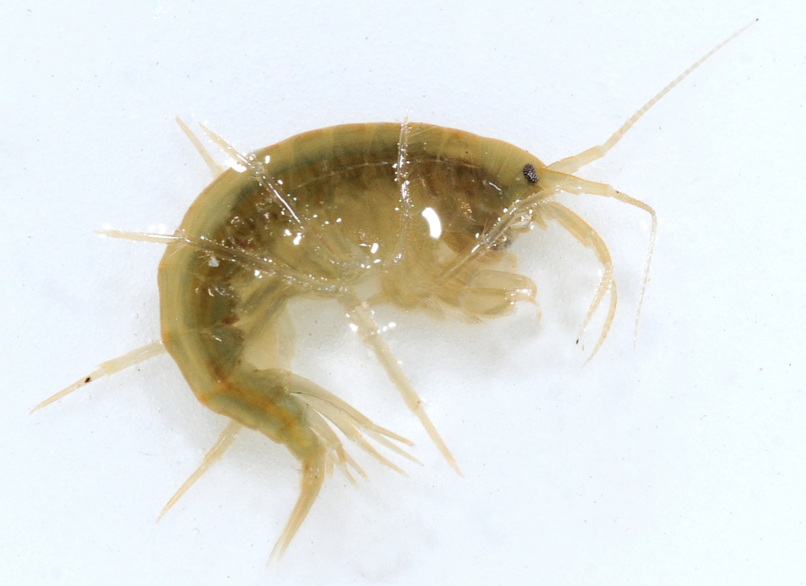non insect arthropods
1/21
There's no tags or description
Looks like no tags are added yet.
Name | Mastery | Learn | Test | Matching | Spaced |
|---|
No study sessions yet.
22 Terms
exoskeleton
made up of cuticle and can be thick or membranous
sclerites
thicken plates of cuticle
dorsal - nota, ventral - sterna
notum
dorsal sclerite
sternum
ventral sclerite
spider
arachnid not insect
two main body parts and constriction
8 legs, pedipalps, ocelli
abdomen
opisthosoma
reproduces and poops
cephalothorax
in spiders
head end, mouth and sensory organs
all legs
constriction
waist connecting abdomen and cephalothorax
pedipalps
leg like appendages, jointed, feelers for touch sense
or can be large claws for grasping
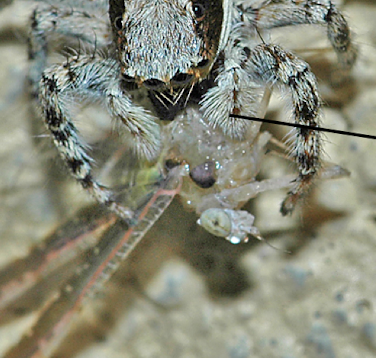
ocelli
simple eyes, one lens
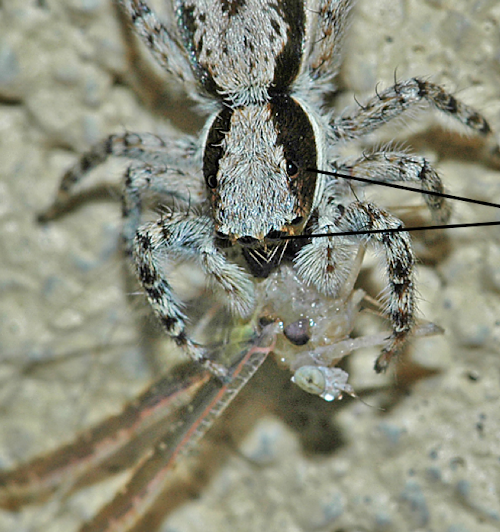
jumping spider
agile, good vision
able to move retina back and forth to focus - good eyes for predation
cannot actually change eye focal distance by changing shape
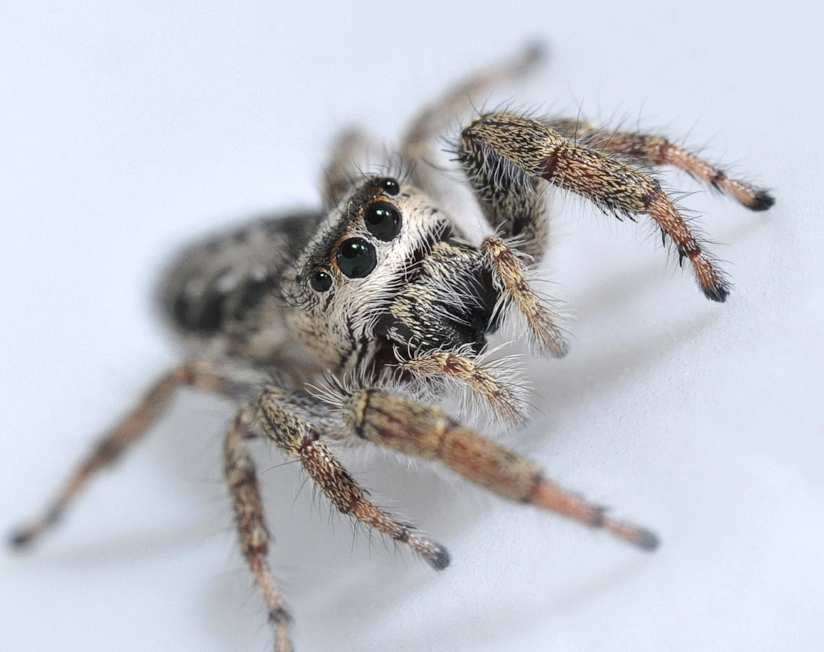
spinnerets
organs which produce silk, posterior end of abdomen
for webs, eggs, drag line, etc
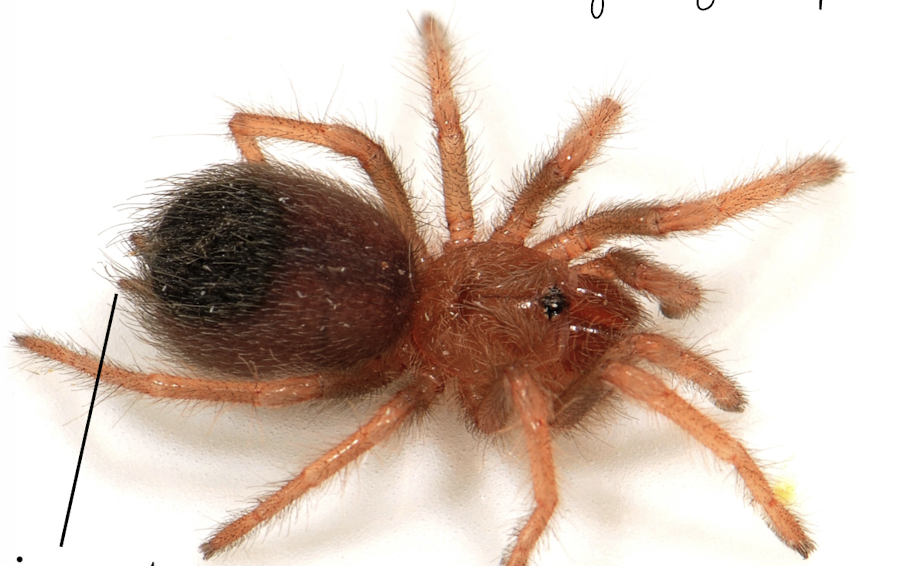
chelicerae
fangs, can even be seen on exuviae
hollow to pierce and inject poison to digest and suck up whatever
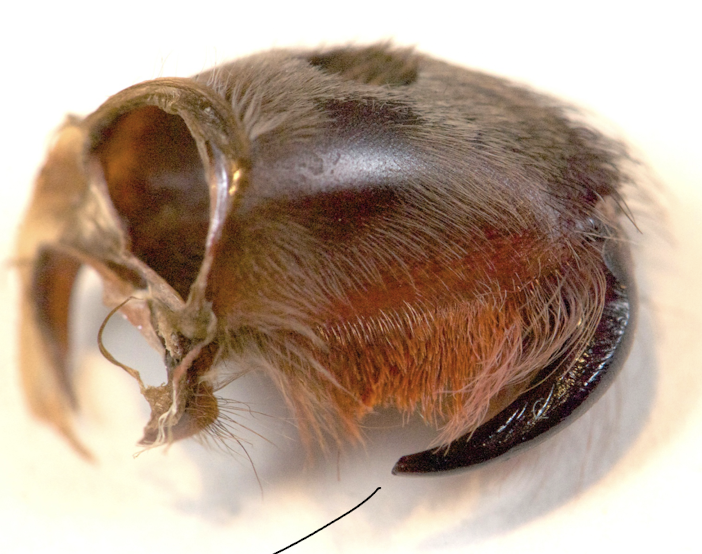
tarantulas
slow moving, burrowers, not great vision
exuviae
shed exoskeleton
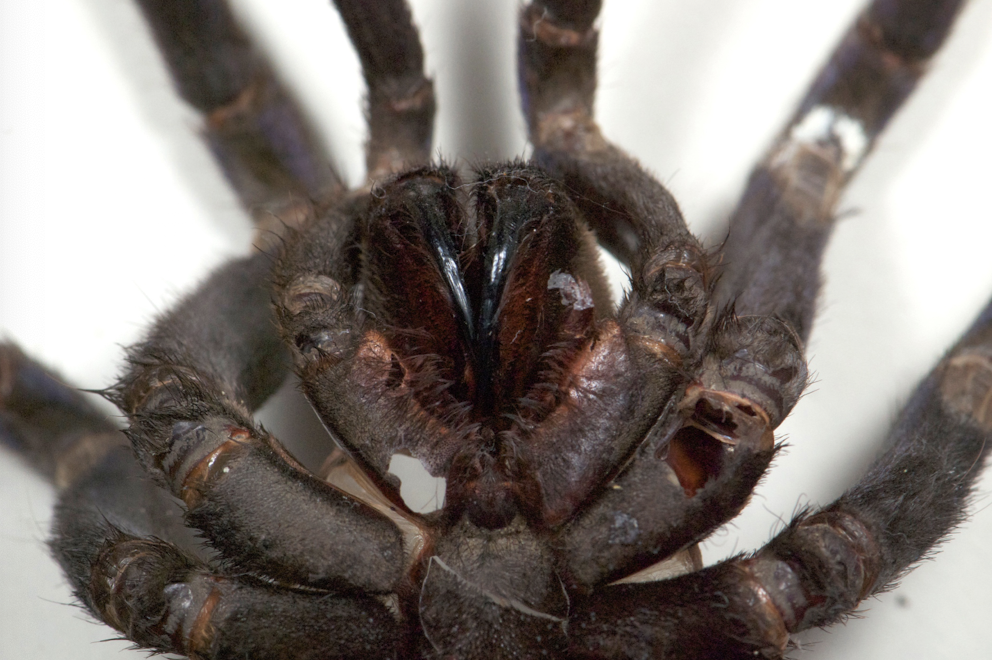
scorpions
arachnid
fluorescent under UV light (nocturnal?)
claw like pedipalps, segmented, stinger, abdomen, cephalothorax
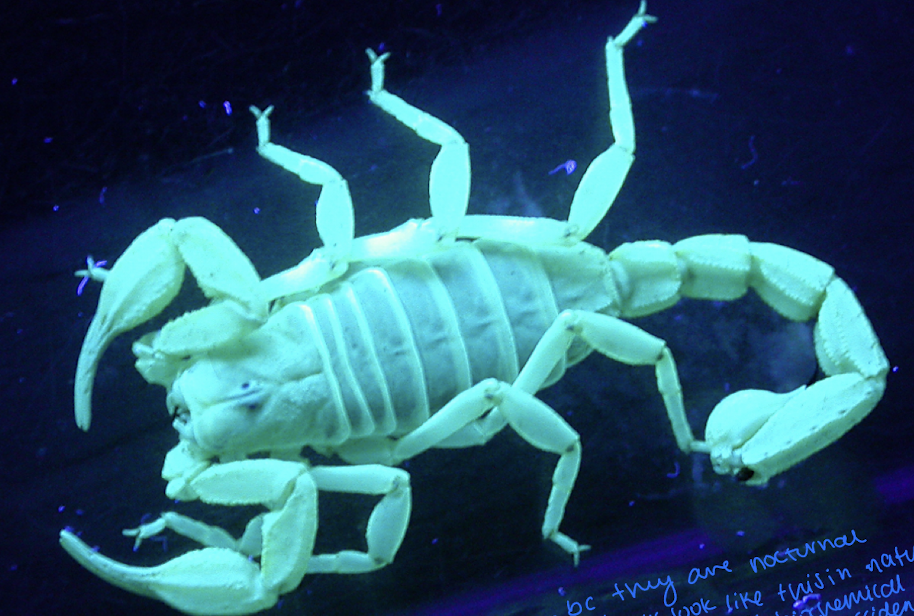
mite
arachnid, huge diversity - food, habitat, etc
one body part, adults - 8 legs, larvae - 6
harvestman
one body part
8 legs, 2 pedipalps, ocelli, etc
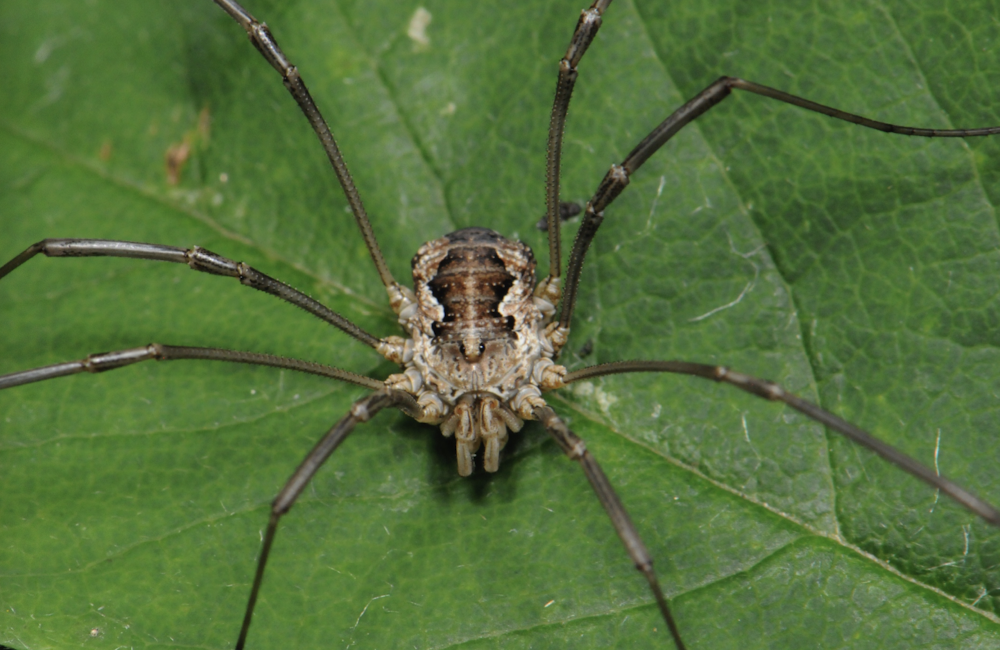
millipede
neither insect, nor arachnid
2 pairs of legs on most segments
usually cylindrical in AB
produce hydrogen cyanide as defense chemicals
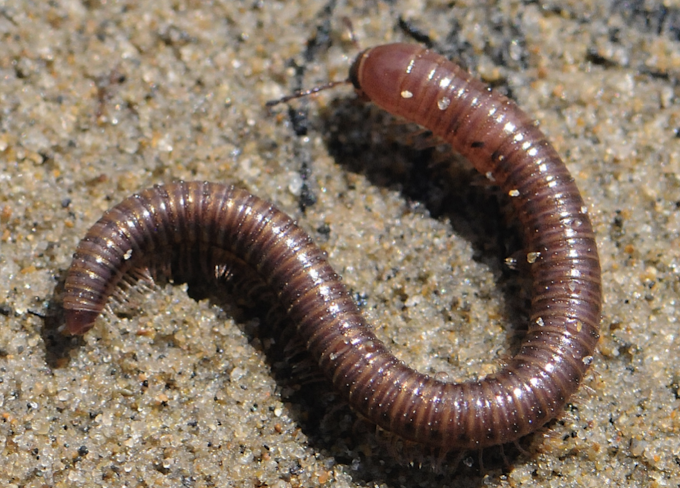
centipedes
neither insect, nor arachnid
one pair of legs per segment
only 3 cm ish long in AB, but get much larger
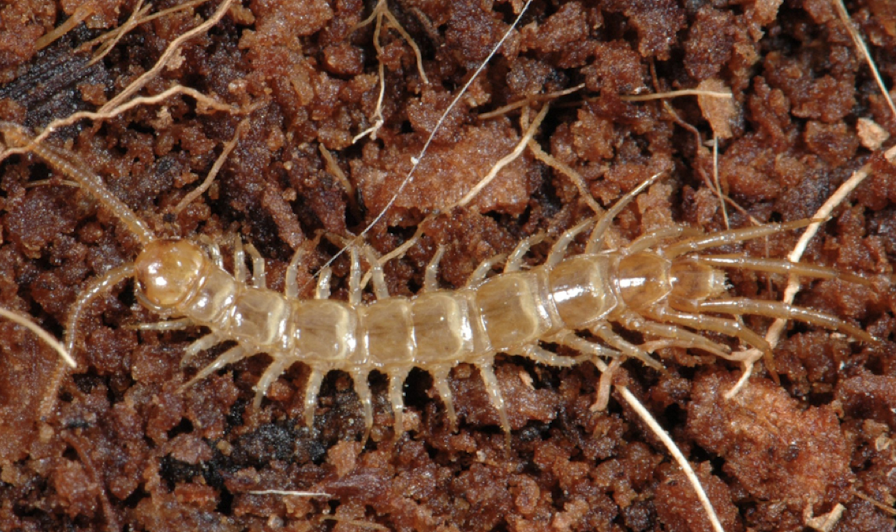
sow bug
isopod crustacean
one pair of legs per legged segment
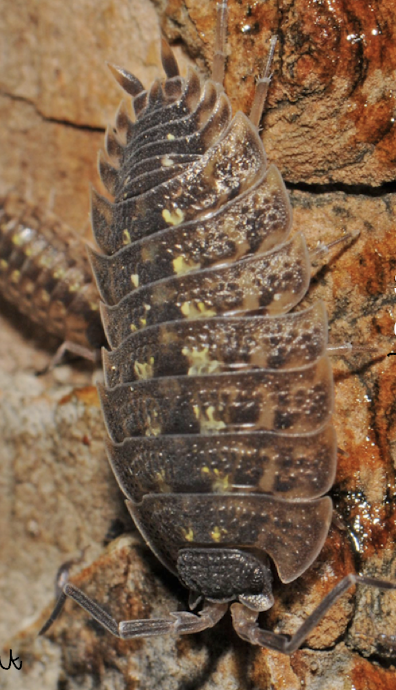
scud
amphipod, typical aquatic crustacean
not shrimp
